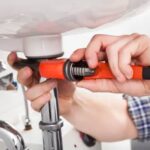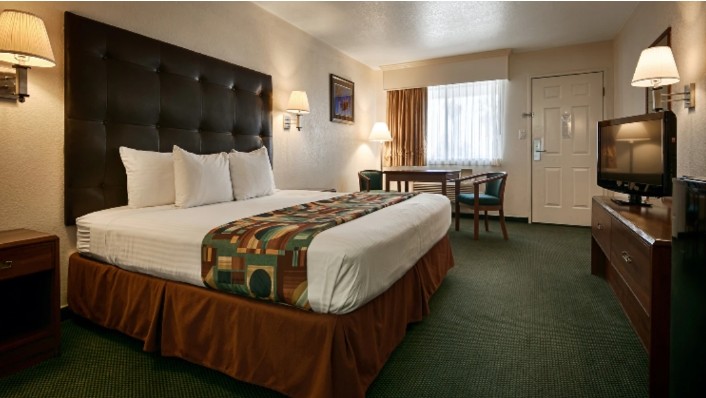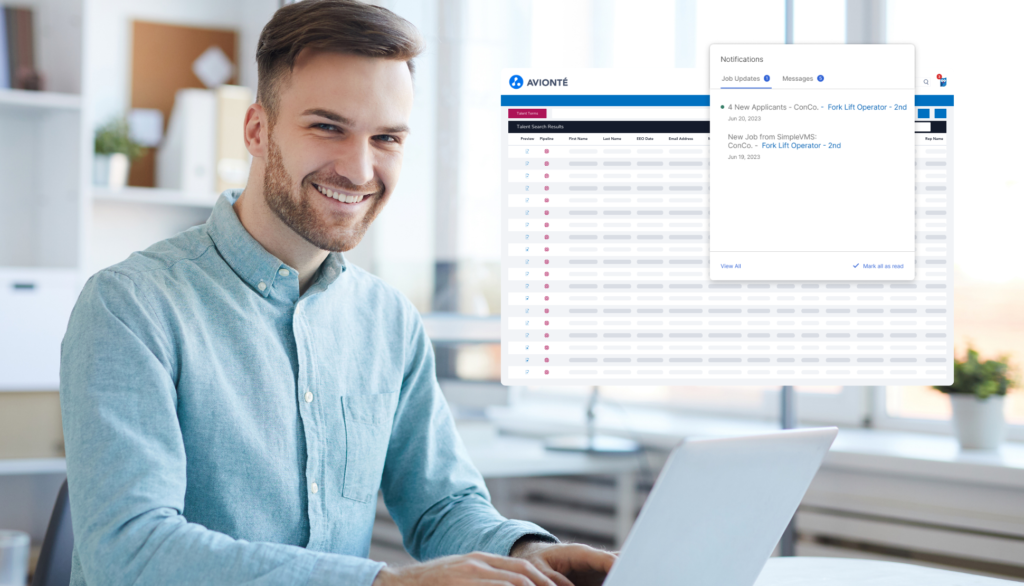Marine LCD screens are essential components of navigation and communication systems onboard vessels. However, the harsh marine environment, characterized by exposure to saltwater, humidity, and temperature variations, can accelerate wear and tear, leading to premature failure of LCD screens. To maximize the lifespan of marine LCD screens and ensure reliable operation, it is crucial to implement proper maintenance practices and preventive measures. In this article, we present five tips for extending the lifespan of your marine LCD screen.
1. Regular Cleaning
Saltwater spray, dirt, and grime can accumulate on the surface of marine LCD screens, leading to corrosion and degradation of display quality. To prevent damage, it is essential to clean the screen regularly using a soft, non-abrasive cloth and a mild cleaning solution. Avoid using harsh chemicals or abrasive materials, as they can scratch the screen or strip away protective coatings. Regular cleaning not only improves visibility but also helps prevent corrosion and prolongs the lifespan of the LCD screen.
2. Protect from UV Exposure
Extended exposure to ultraviolet (UV) radiation from the sun can cause fading, discoloration, and degradation of LCD screens over time. To minimize UV damage, consider installing sunshades, awnings, or UV-resistant covers to shield the screen from direct sunlight when not in use. Additionally, storing the vessel in shaded areas or using UV-blocking window films can help reduce UV exposure and preserve the integrity of the LCD screen.
3. Maintain Proper Ventilation
Humidity and moisture accumulation inside marine enclosures can promote corrosion and fungal growth, leading to electrical malfunctions and screen damage. Ensure proper ventilation around the LCD screen enclosure to facilitate airflow and prevent moisture buildup. Use desiccants or moisture-absorbing materials inside the enclosure to maintain optimal humidity levels. Regularly inspect vents, gaskets, and seals for signs of wear or damage and replace them as needed to prevent water intrusion and protect the LCD screen from moisture-related issues.
4. Monitor Temperature
Extreme temperatures, both hot and cold, can affect the performance and longevity of LCD screens. High temperatures can cause overheating and thermal stress, while freezing temperatures can lead to LCD panel damage and malfunction. To mitigate temperature-related risks, install temperature sensors or thermal management systems to monitor and control the operating temperature of the LCD screen. Avoid exposing the screen to direct heat sources or placing it in areas prone to temperature fluctuations. Proper temperature management ensures optimal performance and extends the lifespan of the marine LCD screen.
5. Conduct Regular Inspections
Routine inspections and preventive maintenance are essential for detecting potential issues early and addressing them before they escalate into costly repairs or replacements. Schedule periodic inspections of the LCD screen and associated components, including cables, connectors, and mounting hardware. Look for signs of corrosion, loose connections, or physical damage and take corrective actions as needed. Additionally, perform functional tests to ensure proper operation and responsiveness of the LCD screen. By conducting regular inspections and maintenance, you can identify problems promptly and prolong the lifespan of your marine LCD screen.
Conclusion
Marine LCD screens are vulnerable to damage from the harsh marine environment, but with proper care and maintenance, their lifespan can be significantly extended. By following these five tips – regular cleaning, UV protection, proper ventilation, temperature monitoring, and regular inspections – you can preserve the integrity and functionality of your marine LCD screen for years to come. Investing time and effort in preventive maintenance not only ensures reliable performance but also minimizes downtime and costly repairs. Protect your investment and navigate with confidence by implementing these best practices for maintaining marine LCD screens.






